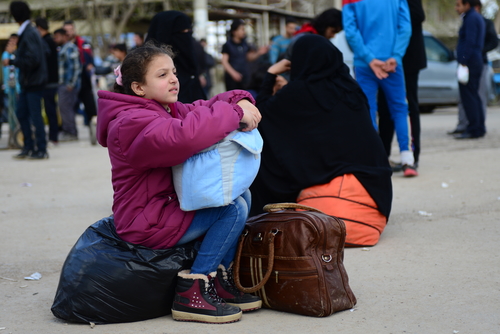Low income Dutch regions take in many more refugees than the rich
 Low income Dutch regions have taken more than three times as many refugees as the wealthiest parts of the country over the past 10 years, according to research by broadcaster Nos.
Low income Dutch regions have taken more than three times as many refugees as the wealthiest parts of the country over the past 10 years, according to research by broadcaster Nos.
The country’s 100 poorest areas accounted for almost half the 25,000 beds available for refugees every year, the broadcaster says. By contrast, the richest 100 local authority areas had a combined total of just 3,354.
Places such as Pekela, Stadskanaal and Vlagtwedde are among the 10 poorest towns in the country with an average income of less than €18,000 a year. But together, the 10 poorest towns provided 4,000 beds, more than the combined total of the 100 richest towns
The refugee settlement agency COA said it could not explain the disparity but suggested the availability of empty buildings plays a part. In the north of the country, where the population is shrinking, there are more empty army barracks, care homes and holiday parks which can be converted into accommodation for refugees, the COA said.
Jobs
Another likely factor is the boost a refugee centre gives to the local economy in terms of jobs.
The village of Het Bildt in north west Friesland has provided homes for hundreds of refugees for years. ‘It provides jobs and a little more government money,’ said spokeswoman Boukje Tol. ‘But more important is the support from locals.’
Spokesmen for the richer towns such as Heemstede, Bloemendaal and Blaricum, told the broadcaster they had never been approached by the COA to house asylum seekers.
‘We don’t have any empty property,’ said a spokesman for Rozendaal in Gelderland, which is one of the richest areas in the country.
Thank you for donating to DutchNews.nl.
We could not provide the Dutch News service, and keep it free of charge, without the generous support of our readers. Your donations allow us to report on issues you tell us matter, and provide you with a summary of the most important Dutch news each day.
Make a donation